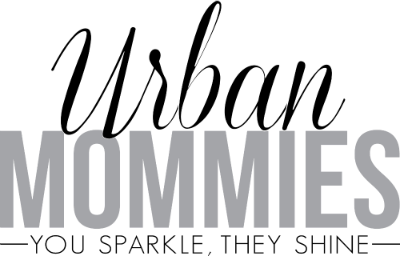Lice. Just saying the word makes me scratch my head. Once you have seen a few creatures crawling in your kid’s head, you will never rid yourself of the itchy-head feeling when you hear, say or write the word lice.
This is one topic that most of us aren’t pontificating over at a cocktail party, but most parents will need a few tips for treating head lice in their bag of tricks. Lice (the plural of louse in case you’re a grammar nut) are a very common problem, especially for kids ages 3 years to 12 years. Girls are affected more often than boys. Lice aren’t dangerous and they don’t spread disease, but they are highly contagious and can affect the self esteem of the most secure child. As the lice bite a child’s scalp, itchiness and inflammation occur.
Signs of Head Lice
Lice eggs are called nits. These look like tiny yellow, tan, or brown dots before they hatch. Nits look sort of like dandruff, only they can’t be removed by brushing or shaking them off. You may be able to see the lice or nits by parting your child’s hair into small sections and checking for lice and nits with a fine-tooth comb on the scalp, behind the ears, and around the nape of the neck.
Treatment of Head Lice
1. We’ve heard great reports about Lice Squad. They use pesticide free products, and carefully removes the lice with a solution and comb. It takes 1-2 hours and is done in your home. You can try medicated shampoos and removal combs yourself as well.
2. Saturate their hair in baby oil and go through it with a detangler comb then lice come. When you are confident you have most of the bugs, mix vinegar in with their shampoo and let them sit for an hour.
3. Soak your hair with mouthwash and then put on a shower cap. You may need to put a towel around your neck to stop some of the dripping. Let it sit in your hair for 2 hours. After that rinse out the mouthwash and then rinse your hair with vinegar to loosen the glue on the nits. After you rinse out the vinegar, use some conditioner as a final step.
4. Mix lemon juice with baking soda. The mixture will foam up as you stir. Apply to hair. Leave on for a few hours and wash hair.
Good luck and be sure to share which method worked best for you!
Lice are a parasitic infestation of the hair and skin. The most common site of the parasite is the scalp of the head and hair of the host. The insect feeds on the blood of the host and bites from the parasites often cause itching. Yeah, yuck. Cases of this parasitic infestation are widely common in children but the good thing about it is that it is not known to be a vector of any disease. As parents, we must pay attention not only to the infection, but to the emotional ramifications of acquiring and treating head lice.


